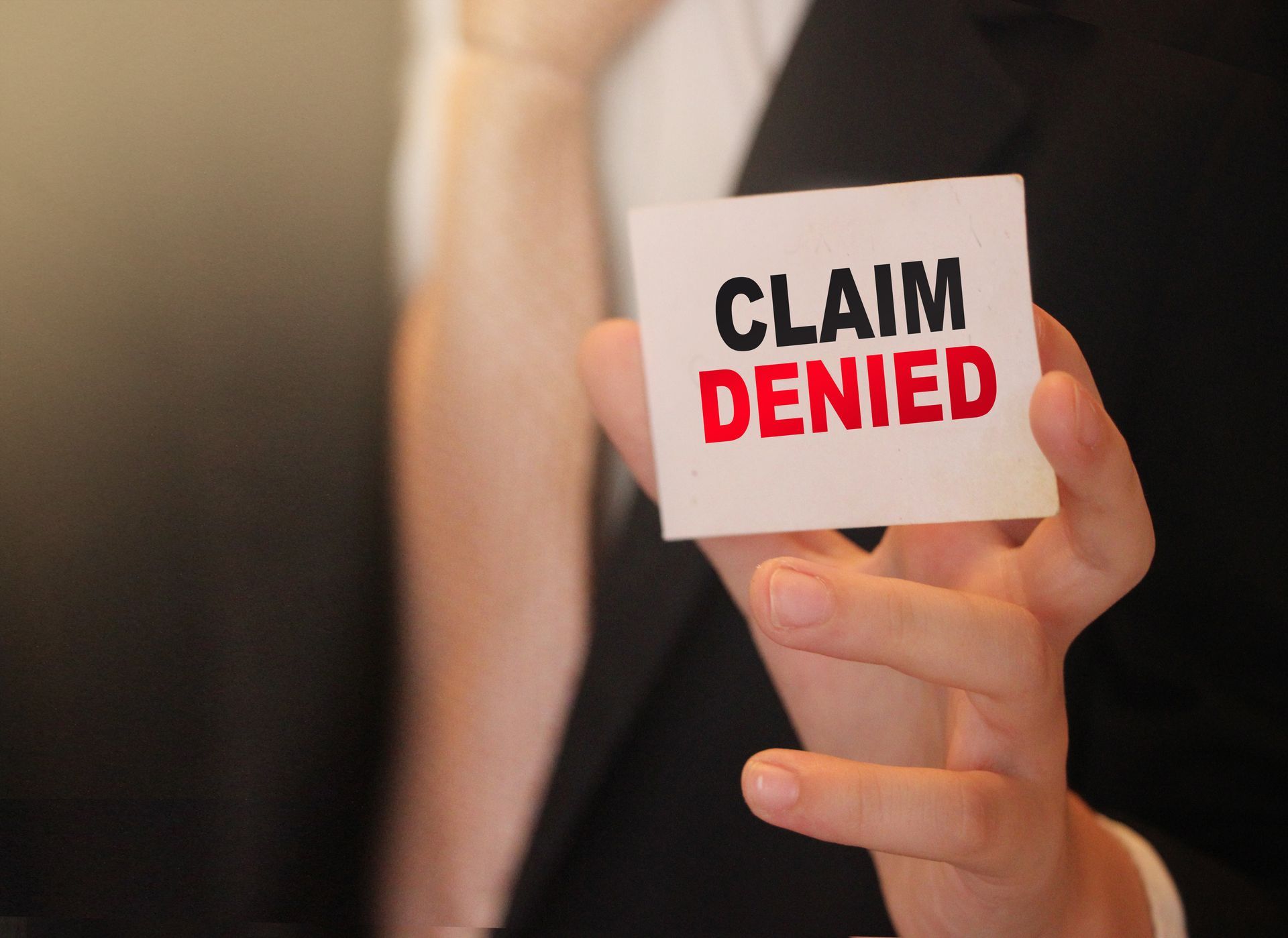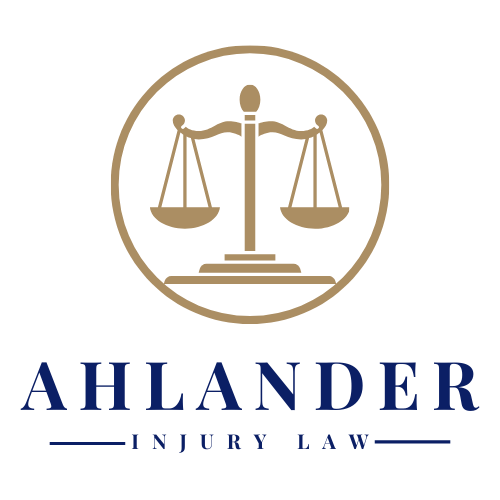How Long Does a Personal Injury Claim Take to Go to Court?
Personal injury claims are legal processes initiated by individuals seeking compensation for injuries they have sustained due to the negligence or wrongdoing of another party. While these claims can often be resolved through negotiation or alternative dispute resolution methods, some cases may require going to court to reach a resolution. We will explore the factors that can influence the timeline of a personal injury claim, from the initial filing to the eventual court process.
Filing the Claim and Pre-Litigation Phase
The first step in pursuing a personal injury claim is filing a complaint or claim with the appropriate court or administrative body. The time it takes to complete this initial stage can vary depending on various factors, such as the complexity of the case, the jurisdiction’s procedures, and the promptness of the involved parties. Typically, this stage can take anywhere from a few weeks to several months.
Preparing and Serving the Complaint
Once the claim is filed, the plaintiff’s legal representation will prepare the necessary documentation and evidence to support the case. This stage involves gathering medical records, witness statements, accident reports, and any other relevant information. Additionally, the complaint must be served to the defendant, notifying them of the lawsuit. The duration of this stage can range from a few weeks to a couple of months, depending on the availability of evidence and the efficiency of the legal team.
Discovery Process
The discovery process allows both the plaintiff and the defendant to exchange information and evidence related to the case. This stage aims to uncover facts, clarify legal positions, and assess the strength of each party’s claims. It may involve depositions, interrogatories, requests for documents, and expert witness testimonies. The duration of the discovery process can vary significantly, from a few months to over a year, depending on the complexity of the case and the court’s caseload.
Mediation or Settlement Negotiations
Before going to court, parties involved in a personal injury claim often explore alternative dispute resolution methods, such as mediation or settlement negotiations. These processes aim to reach a mutually agreeable settlement without the need for a trial. The duration of mediation or settlement negotiations can vary widely, from a single session to several months, depending on the willingness of the parties to compromise and the complexity of the issues involved.
Trial and Post-Trial Proceedings
If a settlement cannot be reached through mediation or negotiations, the case will proceed to trial. The trial stage involves presenting the evidence, examining witnesses, and making legal arguments before a judge or jury. The duration of a trial can vary significantly, ranging from a few days to several weeks or even months, depending on the complexity of the case and the court’s schedule.
After the trial, the court will issue a verdict or judgment. If either party is dissatisfied with the outcome, they may choose to appeal the decision, which can add more time to the overall process.
The timeline for a personal injury claim to go to court can vary greatly depending on numerous factors, including the complexity of the case, the court’s caseload, the willingness of the parties to negotiate, and the need for additional legal proceedings. While some claims can be resolved through negotiation or alternative dispute resolution methods, others may require the formal court process to reach a resolution. Understanding the various stages involved in a personal injury claim and the potential timeframes associated with each can help individuals manage their expectations and make informed decisions throughout the legal process.
If you or a loved one have been injured and need assistance with a personal injury claim, don’t hesitate to reach out to our experienced legal team today . Contact us now and let us help you navigate the complexities of your case.
The post How Long Does a Personal Injury Claim Take to Go to Court? appeared first on Ahlander Injury Law.





